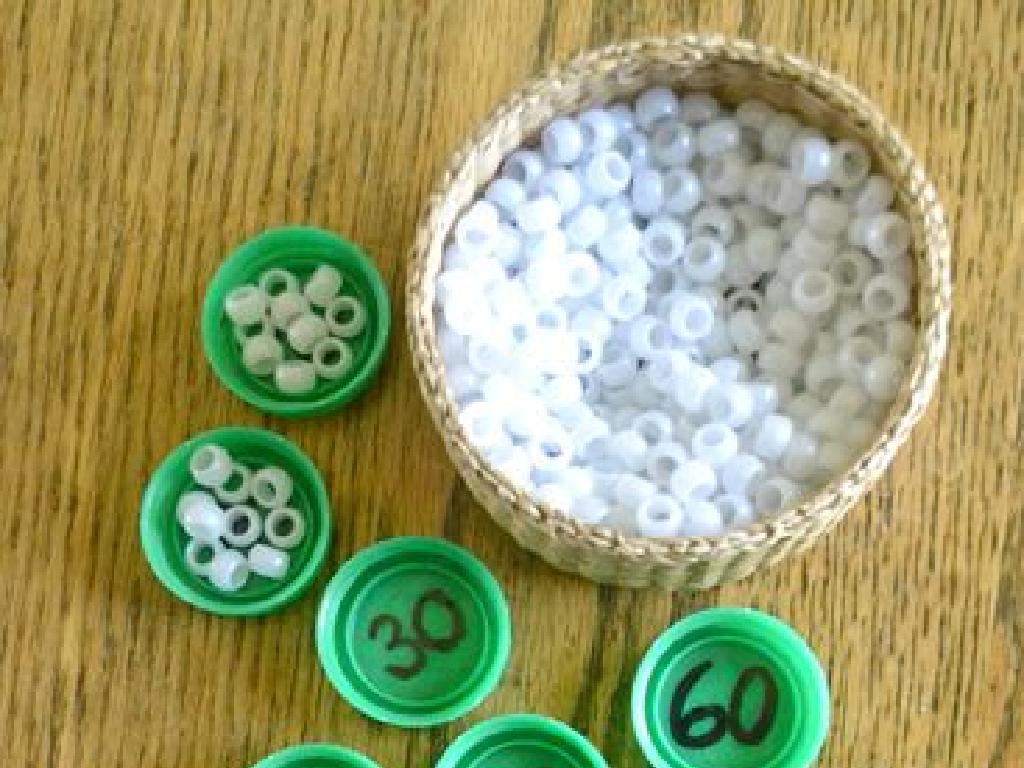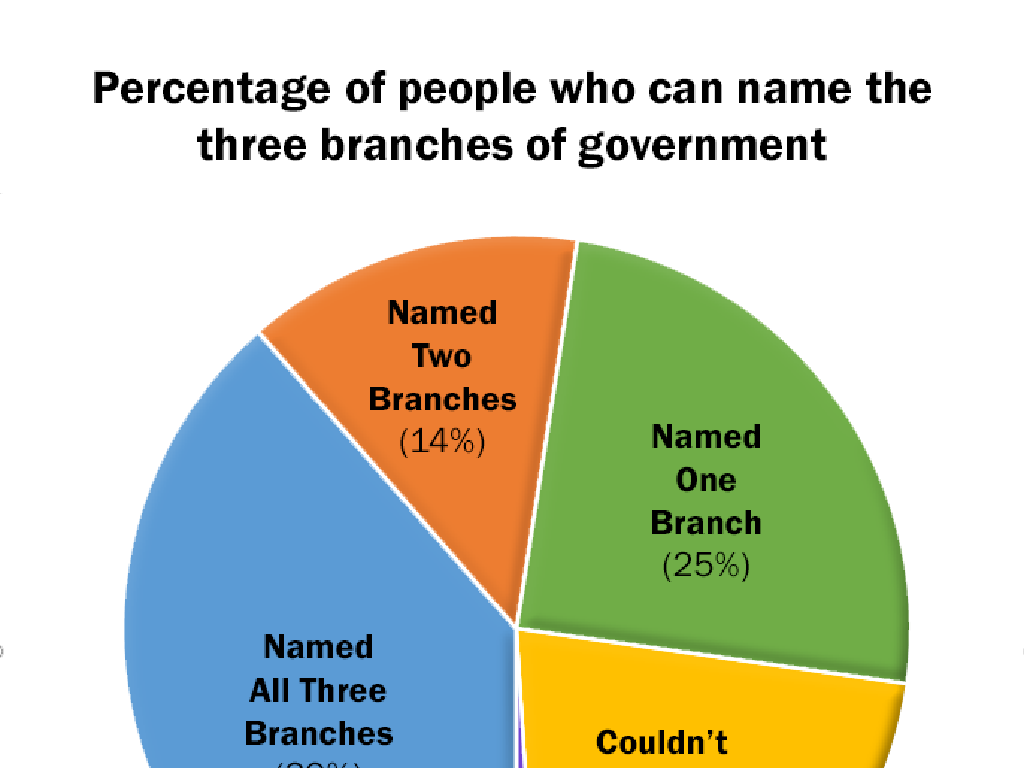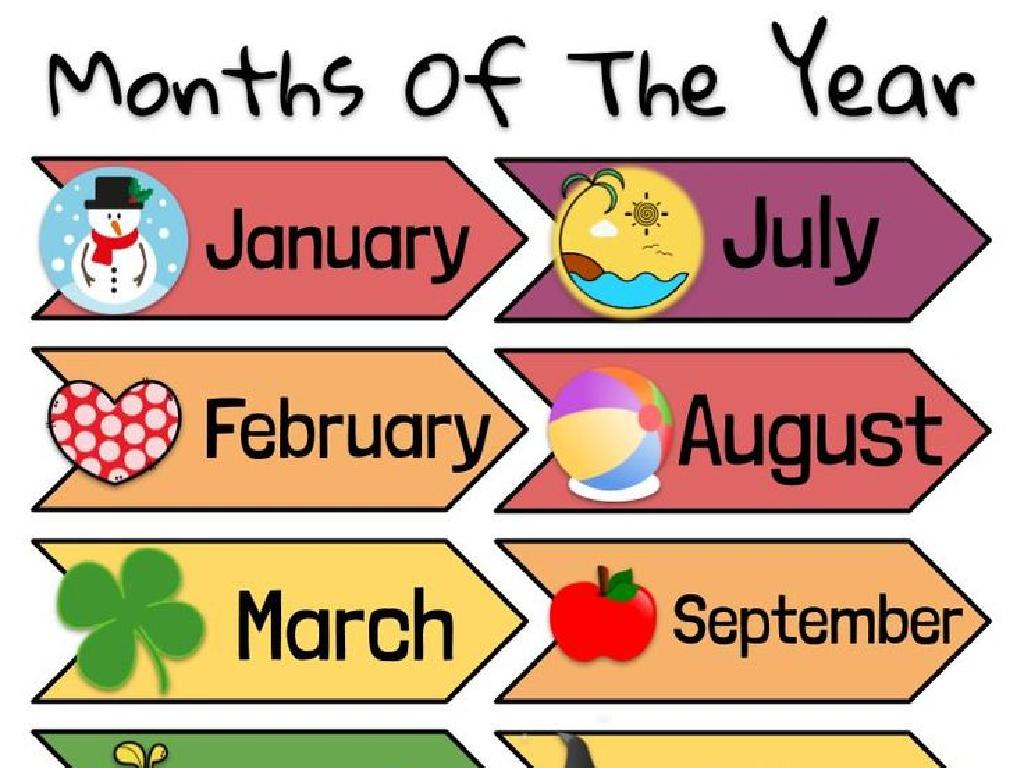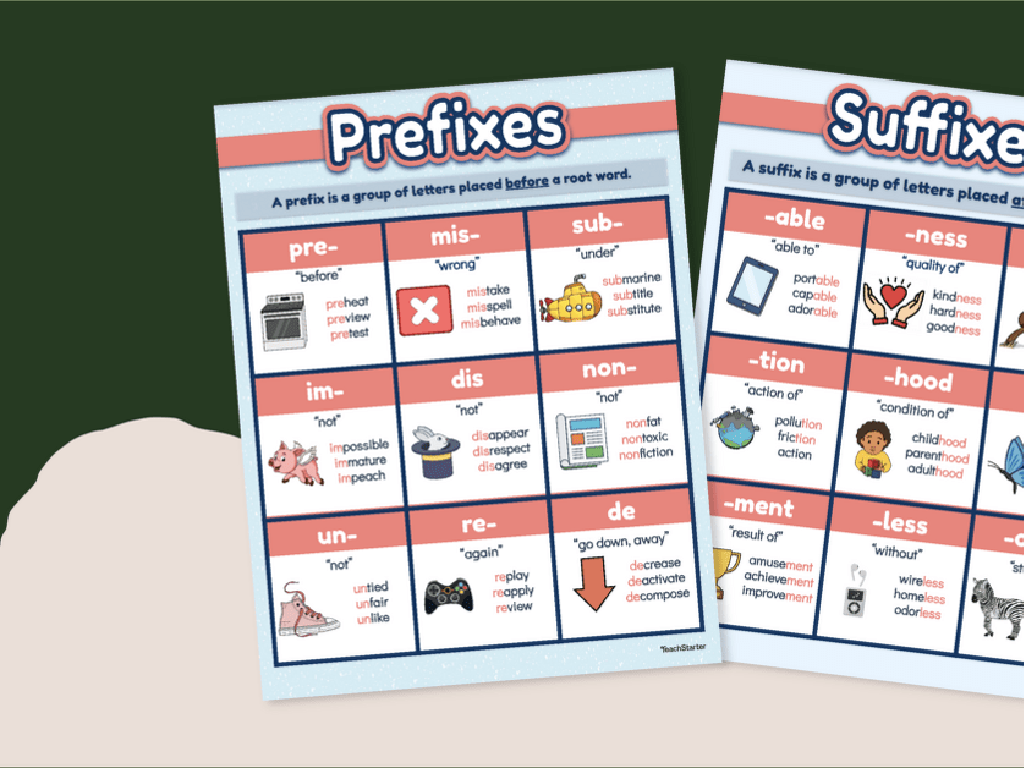Graph Triangles And Quadrilaterals
Subject: Math
Grade: Eighth grade
Topic: Two-Dimensional Figures
Please LOG IN to download the presentation. Access is available to registered users only.
View More Content
Graphing Triangles and Quadrilaterals
– Basics of 2D figures
– A 2D figure has length and width, but no depth.
– Triangles: properties and graphing
– Triangles have 3 sides, angles. Use coordinates to graph.
– Quadrilaterals: features and plotting
– Quadrilaterals have 4 sides, angles. Plot points to draw.
– Geometry’s role in real life
|
This slide introduces students to the fundamental concepts of two-dimensional figures, focusing on triangles and quadrilaterals. Begin by explaining the characteristics of 2D shapes. Move on to discuss the properties of triangles, such as the sum of angles always being 180 degrees, and how to graph them on a coordinate plane using vertices. Then, cover quadrilaterals, their types, and how to plot them. Emphasize the importance of understanding these shapes, as they form the basis for much of geometry and have practical applications in various fields such as engineering, art, and architecture. Encourage students to think of examples where they encounter these shapes in their daily lives.
Exploring Two-Dimensional Figures
– Define two-dimensional figures
– Shapes with length and width, but no depth
– Examples: Triangles, Quadrilaterals
– Triangles: 3 sides, Quadrilaterals: 4 sides, etc.
– Characteristics of 2D figures
– They have sides, vertices, and angles
– Importance in geometry
|
This slide introduces students to the concept of two-dimensional figures, which are flat shapes that have length and width but no depth. Use examples like triangles, which have three sides, and quadrilaterals, which have four sides, to help students visualize different types of 2D figures. Discuss the characteristics such as sides, vertices (corners), and angles. Emphasize the importance of understanding these basic geometric shapes as they form the foundation for more complex geometry studies. Encourage students to identify and classify different 2D figures in their environment to relate the lesson to real life.
Triangles: Properties and Types
– Defining a triangle
– A shape with three sides and three angles
– Classifying triangles by sides
– Equilateral, isosceles, and scalene
– Classifying triangles by angles
– Acute, right, and obtuse triangles
– Exploring triangle properties
– Sum of angles is always 180 degrees
|
This slide introduces students to the fundamental aspects of triangles. Begin by defining what constitutes a triangle, emphasizing its three-sided nature. Move on to classification by sides, explaining that equilateral triangles have all sides equal, isosceles have two equal sides, and scalene have no equal sides. Classification by angles involves acute triangles with all angles less than 90 degrees, right triangles with one 90-degree angle, and obtuse triangles with one angle greater than 90 degrees. Highlight the universal property of triangles that the sum of the interior angles is always 180 degrees. Provide examples of each type and encourage students to draw and measure angles for a hands-on understanding.
Graphing Triangles on the Coordinate Plane
– Plot points for triangle vertices
– Use ordered pairs (x, y) to locate each vertex
– Draw triangles from coordinates
– Connect vertices in order to form the triangle
– Example: Equilateral Triangle
– All sides are equal; coordinates may be (0,0), (4,0), (2,3.46)
– Practice with different triangles
|
This slide introduces students to the concept of graphing triangles on a coordinate plane. Start by explaining how to plot points using ordered pairs, which represent the vertices of the triangle. Then, show how to connect these points to form the triangle’s sides. Use an equilateral triangle as a specific example to demonstrate how all sides are of equal length and how to calculate the coordinates of the vertices based on this property. Encourage students to practice by graphing different types of triangles, such as scalene or isosceles, to reinforce their understanding of the concept.
Quadrilaterals: Properties and Types
– Define quadrilaterals
– A four-sided polygon with four angles
– Explore types: Square, Rectangle, etc.
– Square: 4 equal sides, Rectangle: opposite sides equal, Parallelogram: opposite sides parallel
– Discuss quadrilateral properties
– Properties include angles, sides, and symmetry
– Examples of each type
– Square: chessboard, Rectangle: phone screen, Parallelogram: notebook
|
This slide introduces students to the concept of quadrilaterals, a fundamental element in the study of two-dimensional figures. Begin by defining quadrilaterals as four-sided polygons, ensuring students understand the basic geometric vocabulary. Then, move on to the different types of quadrilaterals, such as squares, rectangles, and parallelograms, highlighting their unique characteristics. Discuss the properties of quadrilaterals, including the relationships between their angles, sides, and lines of symmetry. Use everyday examples to help students visualize each type of quadrilateral. Encourage students to identify and classify quadrilaterals in their environment, reinforcing their understanding of the shapes’ properties and applications.
Graphing Quadrilaterals on the Coordinate Plane
– Plotting quadrilaterals using coordinates
– Use x and y coordinates to place vertices
– Drawing various quadrilateral types
– Squares, rectangles, parallelograms, etc.
– Example: Graphing a rectangle
– Plot points for rectangle corners and connect
|
This slide aims to teach students how to graph different quadrilaterals using coordinates on the coordinate plane. Start by explaining the coordinate system and how to plot points. Then, discuss the characteristics of various quadrilaterals such as squares, rectangles, and parallelograms, and how their properties can be represented on a graph. Use the example of graphing a rectangle to show the process step-by-step: plotting the vertices according to their coordinates and connecting them in order. Encourage students to practice by graphing different quadrilaterals and to check their understanding by verifying the properties of the shapes they’ve graphed.
Class Activity: Let’s Graph!
– Graph a triangle on coordinate plane
– Graph a quadrilateral on coordinate plane
– Choose coordinates to determine shape
– Pick any three points for a triangle, four for a quadrilateral
– Discuss your graphs with a partner
– Explain your choice of points and the resulting shape
|
This activity is designed to help students apply their knowledge of two-dimensional figures by graphing them on a coordinate plane. Provide graph paper or use a digital graphing tool. Students should choose three non-collinear points to graph a triangle and four points for a quadrilateral, ensuring they form the shapes correctly. After graphing, students will pair up to discuss their shapes, focusing on how the coordinates they chose influenced the type of triangle or quadrilateral they created. Possible variations for different students could include graphing right, isosceles, or equilateral triangles, and squares, rectangles, or parallelograms for quadrilaterals. Encourage creativity but ensure they can justify their points’ placement. This will reinforce their understanding of shape properties and spatial reasoning.
Review and Reflection: Graphing Shapes
– Recap graphing triangles/quadrilaterals
– Review the steps for plotting points and connecting them to form triangles and quadrilaterals.
– Importance of these graphing skills
– Understanding shapes is crucial for geometry, solving real-world problems, and advancing in math.
– Quick quiz to assess learning
– A few questions to test knowledge on graphing and properties of these shapes.
|
This slide aims to consolidate the students’ knowledge on graphing triangles and quadrilaterals. Begin with a brief recap of the steps involved in plotting points on a coordinate plane to create these shapes. Emphasize the importance of mastering these concepts as foundational skills in geometry, which are applicable in various real-world contexts such as engineering, design, and architecture. Conclude with a quick quiz to gauge the students’ understanding of the material covered. This will help identify areas that may need further clarification or review. The quiz should be designed to be short but comprehensive, covering key aspects of graphing and the properties of triangles and quadrilaterals.
Homework: Graphing Triangles and Quadrilaterals
– Practice graphing triangles
– Graph various quadrilaterals
– Complete the worksheet
– Use graph paper to plot points and connect them to form shapes.
– Next class: Intro to Circles
– Review properties of circles for a head start.
|
This homework assignment is designed to reinforce the students’ understanding of graphing two-dimensional figures, specifically triangles and quadrilaterals. Provide a worksheet with a variety of triangles and quadrilaterals for students to practice plotting on a coordinate grid. Encourage them to pay attention to the length of sides and angles. For the next class, students should start familiarizing themselves with the basic properties of circles, such as radius, diameter, and circumference, to prepare for the introduction to circles. This will help them transition smoothly into understanding the properties of different two-dimensional figures.





